Sun Photonics is one of India’s fastest-growing solar power companies based in Delhi NCR. Switching to solar power is a smart move, benefiting both businesses and homes in the long run. However, understanding the technicalities before opting for green energy is crucial.
When considering solar, you’ll find two main choices: investing in a solar plant or opting for a Power Purchase Agreement (PPA). Both options are available under two models: the Capital Expenditure (CAPEX) model or the Operating Expenditure (OPEX) model. Let’s explore these options and help you decide which one suits your business best.
In 2023, we extended the Solar OPEX model to solar farms. Currently, we are operating in Haryana, allowing open access power procurement. Sun Photonics offers a variety of power procurement models, from zero upfront investment (OPEX) to partial investment (Group Captive) and full ownership (Captive). These models offer not only energy savings but also tax and financial benefits depending on the chosen model.
By selecting the right procurement model, businesses can effectively manage their energy expenses while enjoying long-term financial advantages. Whether you’re looking for full ownership or minimal upfront investment, Sun Photonics offers customized solutions to meet your specific energy goals, ensuring a seamless transition to solar power.
With Sun Photonics’ OPEX Model, your business can enjoy solar energy without any investment. We’ll handle the setup, and you’ll only pay for the energy you use, saving on electricity bills from day one.
Start enjoying solar energy without any financial investment. We take care of the entire installation process, and you begin saving immediately.
You’ll pay only for the energy you consume, making your energy costs predictable and manageable.
Our dedicated team manages everything, from installation to ongoing maintenance. This means no headaches for you—just clean energy.
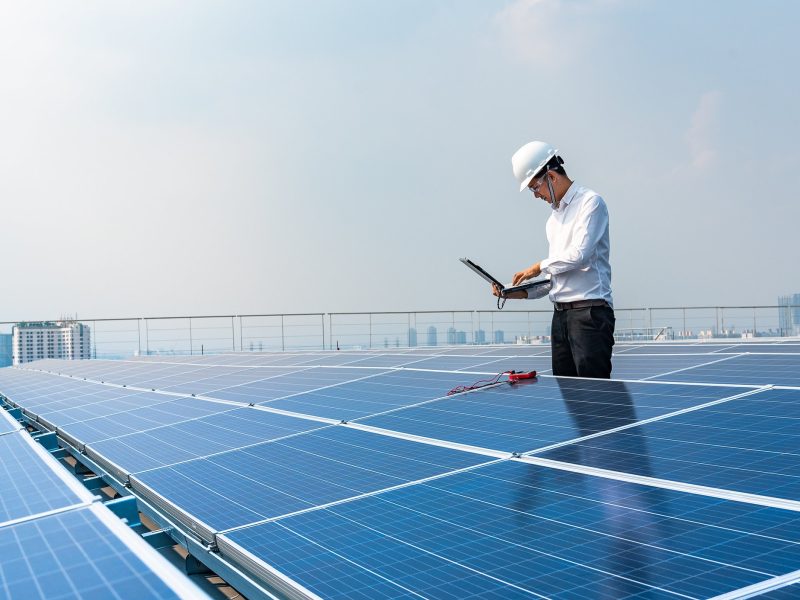
In 2019, Sun Photonics introduced the Solar OPEX model—also known as the RESCO (Renewable Energy Service Company) Solar Model. It lets companies use solar energy without paying anything upfront. Under this model, a third-party solar energy provider installs, owns, operates, and maintains the solar system, while you pay only for the electricity you use—typically through a Power Purchase Agreement (PPA). Sun Photonics has a network of private offsite renewable energy farms across India, supplying clean energy to large corporations as per their needs.
Sun Photonics offers solar energy under a pay-as-you-go model, where buyers pay for solar electricity at rates up to 30-40% lower than grid tariffs. The solar OPEX model requires zero investment, as the user avoids capital expenditure and does not bear any performance risk of the plant for the next 25 years. This model translates to considerable savings without any risks. Sun Photonics takes care of all operations and maintenance for the life of the solar system, while users simply sign a Power Purchase Agreement (PPA) to enjoy hassle-free benefits.
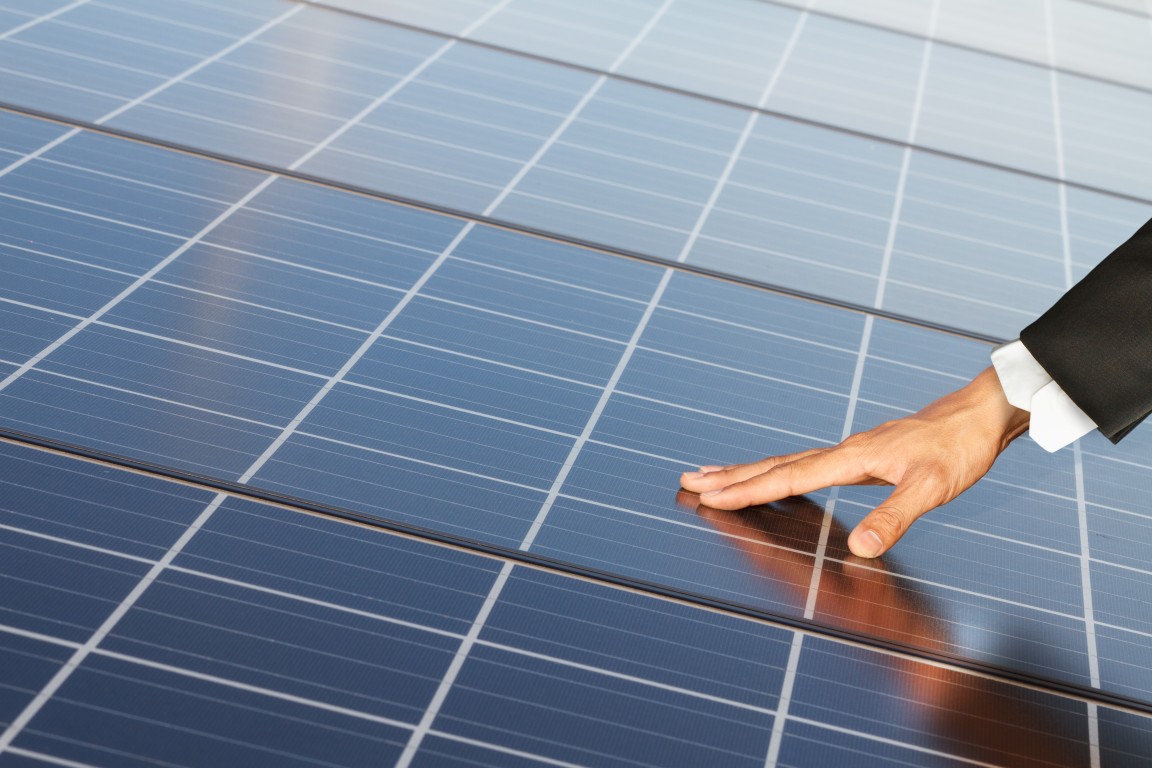

Our team conducts a thorough assessment of your energy consumption. We analyze your electricity usage patterns to design a custom solar solution that meets your specific needs.
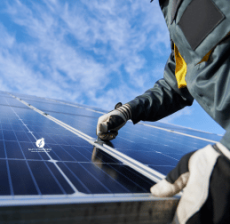
Once we have a plan in place, we install the solar panels at your location at no cost. Our experienced technicians ensure that the installation is done efficiently and safely.
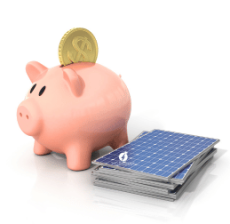
After installation, you start paying only for the energy produced by the solar system. This allows you to save on your electricity bills without any upfront investment.
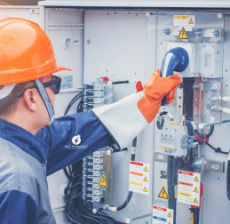
We ensure that your solar system runs smoothly. Our team performs regular solar maintenance and monitoring, so you can focus on your business without any concerns.
Truth: With the OPEX model, there are no initial costs, and many businesses save money on their electricity bills.
Truth: Solar panels can still generate electricity in less-than-ideal weather conditions; they are designed to work efficiently in various climates.
Truth: Solar technology is highly reliable and has advanced significantly, providing consistent energy production.
Truth: Solar energy is suitable for businesses of all sizes. Our OPEX model is designed to accommodate small, medium, and large enterprises, allowing everyone to benefit from clean, renewable energy.
In 2022, Sun Photonics commissioned a 585 kW solar power plant at multiple locations within JGU under the OPEX model. The university benefits from paying only for the energy consumed, while Sun Photonics manages the project, resulting in the generation of 8.5 lakh units annually. We are also expanding the capacity by 400 kW in the existing solar project. Our gratitude goes to JGU for their support throughout the project.
146000 kWhof clean energy per year
Explore MoreOur second OPEX project in South India was commissioned on February 20, 2022, at Skylark Group. The 700 kW solar plant will supply electricity for the company’s needs and contribute to saving approximately 672 metric tons of CO2 annually, significantly reducing its carbon footprint.
255500 kWhof clean energy per year
Explore MoreIn 2018, we completed a 1 MW solar PV plant for Can Pack India under the OPEX model. With an annual generation of 15 lakh units, the project benefits from a tariff of Rs. 5.20 per unit with a 2.5% annual escalation over a 14-year period
365000 kWhof clean energy per year
Explore More